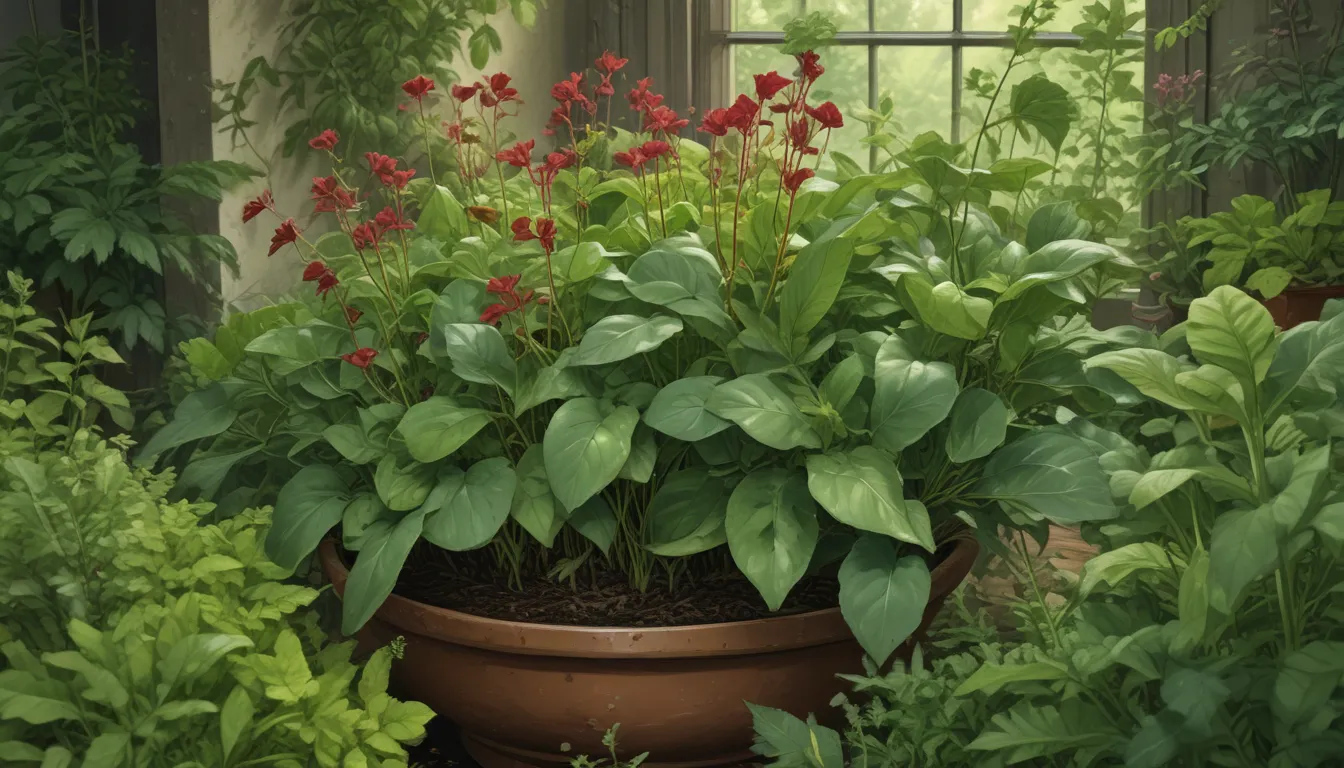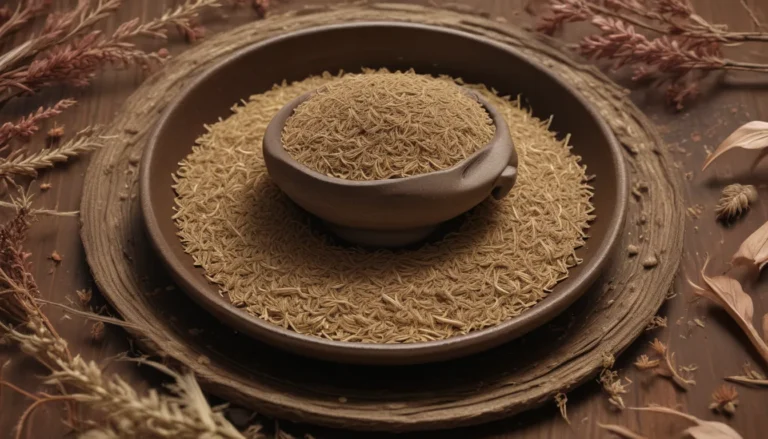The Ultimate Guide to Growing Sorrel: Your Lemony, Nutrient-Rich Perennial Herb

If you’re looking to add a flavorful, lemony kick to your culinary creations while boosting your intake of essential nutrients like vitamin C, manganese, and iron, then sorrel is the perfect herb for you. Known for its tart taste and adaptability in USDA Hardiness Zones 4 to 9, sorrel is a versatile plant that can be grown as a perennial herb or leafy green in your vegetable garden.
Let’s dive deep into the world of sorrel and explore everything you need to know about its cultivation, care, and culinary uses. Whether you’re a seasoned gardener or a beginner looking to expand your herb collection, this comprehensive guide will equip you with valuable insights and tips for growing sorrel successfully.
What Is Sorrel?
Sorrel Origins and Culinary Uses: Sorrel, a member of the Polygonaceae plant family, originates from Europe and Asia. This herbaceous herb offers a distinct lemony flavor thanks to the oxalic acid present in its leaves. Best enjoyed when harvested as tender baby leaves measuring a couple of inches long, sorrel complements a variety of dishes with its tanginess. From soups and stews to salads and sauces, sorrel adds a unique zest to your culinary creations.
Types of Sorrel: There are three main types of sorrel that you can consider growing in your garden:
- Garden or English Sorrel (R. acetosa): Features lemon-lime colored leaves popular in Eastern European cuisine for sour-cream based dishes.
- French Sorrel (R. scutatus): Characterized by fiddle-shaped leaves with lower oxalic acid content and compact growth.
- Red-Veined Sorrel (R. sanguineus): Boasts vibrant red-lined leaves and stems, adding a pop of color to your garden. While slightly less versatile in the kitchen, it serves as an excellent ornamental plant.
Before you start growing sorrel in your garden, it’s essential to choose the right type based on your culinary preferences and garden aesthetics.
Propagation Tips
Embarking on your sorrel-growing journey requires careful consideration of the best propagation methods. Here’s how you can get started with growing sorrel:
From Seed:
- Sow seeds in mid-spring, spacing them according to your harvesting preferences.
- Ensure adequate sunlight and moisture for optimal germination.
From Transplants:
- Choose the post-frost period in your area for transplanting.
- Plant seedlings at the right depth and spacing to encourage healthy growth.
From Divisions:
- Opt for dividing mature sorrel plants for new starters.
- Spring is the ideal time for dividing, ensuring proper conditions for transplanting success.
Cultivation and Care
Ideal Growing Conditions: Sorrel thrives in well-draining, fertile soil with a pH range between 5.5 to 6.8. Provide full sun exposure for robust growth, although partial shade can be beneficial in extreme temperatures.
Container Cultivation: If you prefer container gardening, select pots with sufficient drainage and plant space to accommodate your sorrel. Ensure the soil remains consistently moist and mulch to retain moisture during the growing season.
Watering and Maintenance: Sorrel requires minimal maintenance, with regular watering and weeding to keep the plants healthy. Harvesting at the right time and pruning produce stalks ensures continuous growth and vibrant foliage.
Harvesting and Storage
Harvesting Tips: Picking sorrel leaves at the right stage ensures optimum taste and tenderness. Harvest baby leaves for a fresh zing in salads or wait for larger leaves for cooking applications.
Storage Solutions: Store washed and dried sorrel leaves in airtight containers in the refrigerator for up to three days. For long-term preservation, consider drying leaves for use as dried herbs or incorporating them into herb-infused butter for freezing.
Culinary Delights with Sorrel
Recipes and Cooking Ideas: Sorrel opens up a world of culinary possibilities, from simple salads to savory soups and sauces. Explore creative ways to include sorrel in your dishes, enhancing flavors with its unique citrusy notes and vibrant green color.
Springtime Sorrel Soup Recipe: For a light and refreshing sorrel soup, combine fresh sorrel leaves with spring onions, potatoes, and seasonings for a delightful burst of flavor. Enjoy this vibrant soup as a starter or main dish, showcasing the herb’s bright taste.
Conclusion: Sorrel Success in Your Garden
With its versatility in the kitchen and effortless growth in the garden, sorrel stands out as a must-have herb for home gardeners. From propagation to culinary exploration, sorrel adds a zestful touch to your garden and table.
By following the cultivation and care tips provided in this comprehensive guide, you’ll be well-equipped to grow sorrel successfully and savor its fresh, tangy flavors throughout the year. Whether you’re a seasoned chef or a novice gardener, sorrel offers a delightful experience that’s worth cultivating in your culinary herb collection.
Let sorrel transform your dishes with its lemony, lively essence, and enjoy the rewards of growing this nutrient-rich perennial herb in your garden. Happy gardening and culinary adventures with sorrel!
Keywords: Sorrel, herb, perennial, cultivation, care, culinary, recipes, growing, harvesting, propagation, storage, cooking ideas, springtime soup.
Remember, experiment, have fun, and savor the flavors of sorrel in your kitchen creations!





